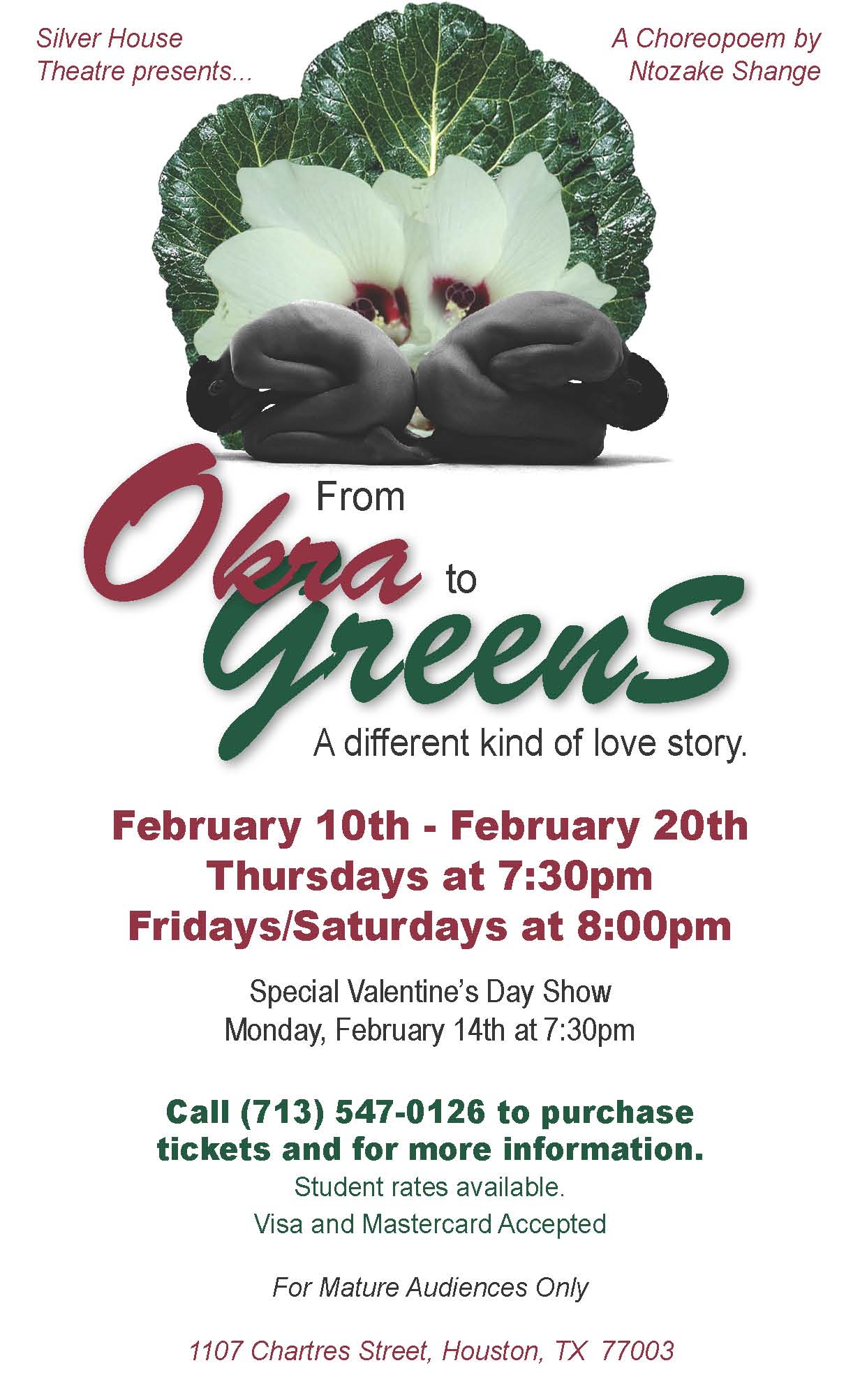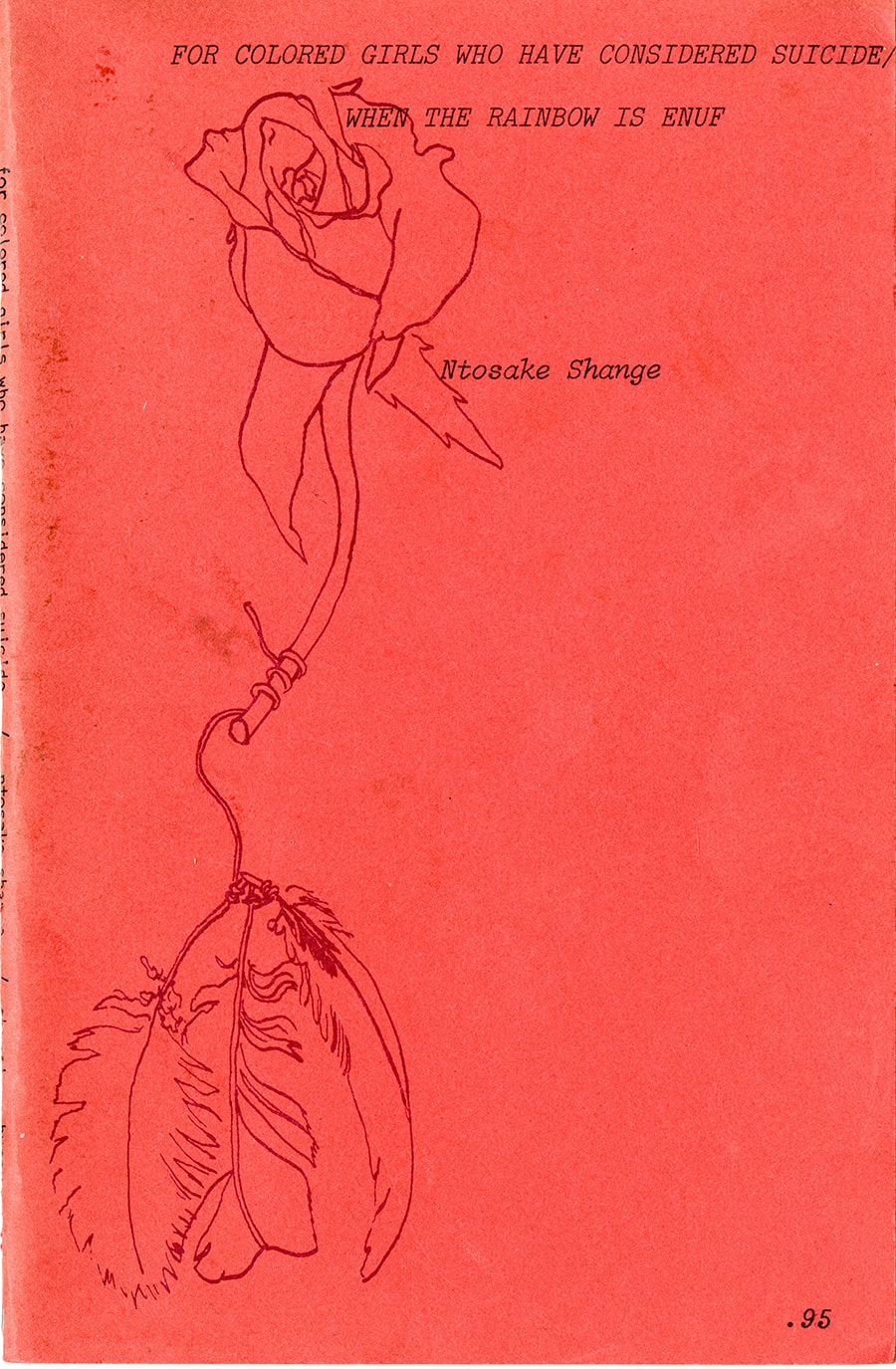Black Arts Movement Notes
Who are the main players of the black arts movement?
- Amiri Baraka (poet) is considered the father of the movement
- Baraka was “highly visible publisher, a celebrated poet, a major music critic, and an Obie award winning playwright.”
- Larry Neal was an African American theater scholar who worked with Baraka to open the Black Arts Repertory Theater School.
How did it begin, how long did it last?
- It lasted from 1965-1975
- “emerged in the wake of the black power movement”
- The movement born after the assassination of Malcolm X on 2/21/1965
- people divided between Political Nationalism (Black Panther Movement) and Cultural Nationalism
- Baraka’s symbolic move from the Lower East Side to Harlem in March of 1995.
- Baraka founded the Black Arts Repertory Theatre/School (BARTS) that year.
- Before Malcom X’s assassination Baraka lived successfully in an integrated community.
- The black arts movement was inspired by the Umbra Workshop, which was a group of young black writers on the Lower East Side. Another group at the time was the Harlem Writers Guild which included Maya Angelou, but the fact “that Umbra was primarily poetry- and performance-oriented established a significant and classic characteristic of the movement’s aesthetics.”
- When Baraka moved back to New Jersey BARTS fell apart but the ideals remained.
What are the main ideologies and goals of the group?
- Cultural Nationalism called for the creation of black poetry, literature, theater and visual arts that represented black culture and history. The “autonomy of black artists” was emphasized.
- Larry Neal says it is the “aesthetic and spiritual sister of the Black Power concept.”
- Some of the main concepts came from RAM (Revolutionary Action Movement) which was a national organization popular in New York. Larry Neal was a member of this group.
- There also was an organization called US (as opposed to “them’) led by Maulana Karenga
- Elijah Muhammad’s Chicago-based Nation of Islam.
Where was its locus and what other areas did it reach?
- BAM began in the New York area but spread to Detroit (Broadside Press and Naomi Long Madgett’s Lotus Press), Chicago (Negro Digest/Black World and Third World Press ) and San Francisco (Journal of Black Poetry, the Black Scholar).
What is the legacy of the Black Arts Movement?
- The Black arts movement is inventive in its use of language and communication (performance, music and actual speech).
- “Black Arts aesthetics emphasized orality, which includes the ritual use of call and response both within the body of the work itself as well as between artist and audience.”
- “I think what Black Arts did was inspire a whole lot of Black people to write. Moreover, there would be no multiculturalism movement without Black Arts. Latinos, Asian Americans, and others all say they began writing as a result of the example of the 1960s. Blacks gave the example that you don’t have to assimilate. You could do your own thing, get into your own background, your own history, your own tradition and your own culture. I think the challenge is for cultural sovereignty and Black Arts struck a blow for that,” (Ishmael Reed, 1995).


 1. From Okra to Greens: A Different Kinda Love Story, which A Daughter’s Geography says was originally performed by BOSS at Barnard College.
1. From Okra to Greens: A Different Kinda Love Story, which A Daughter’s Geography says was originally performed by BOSS at Barnard College.





